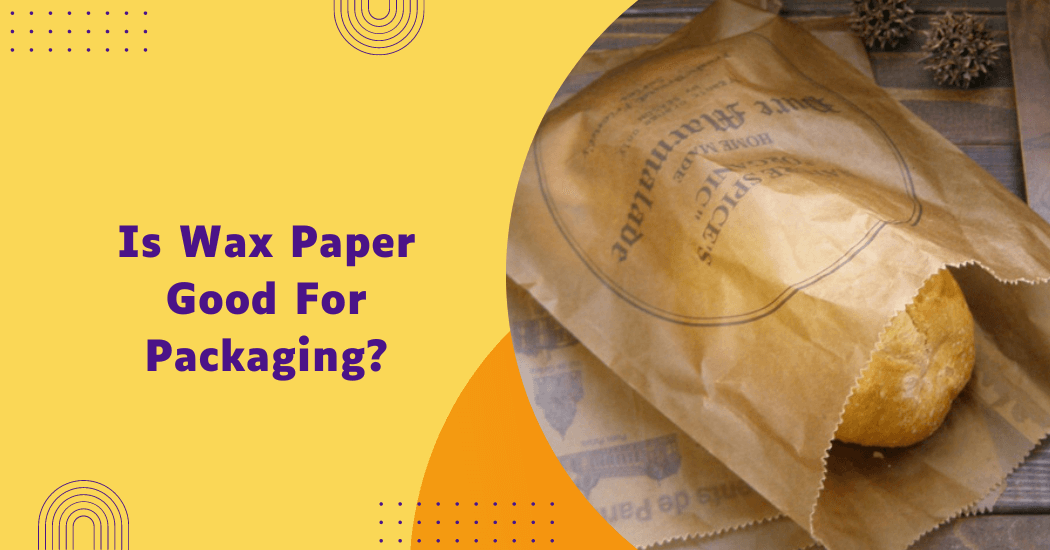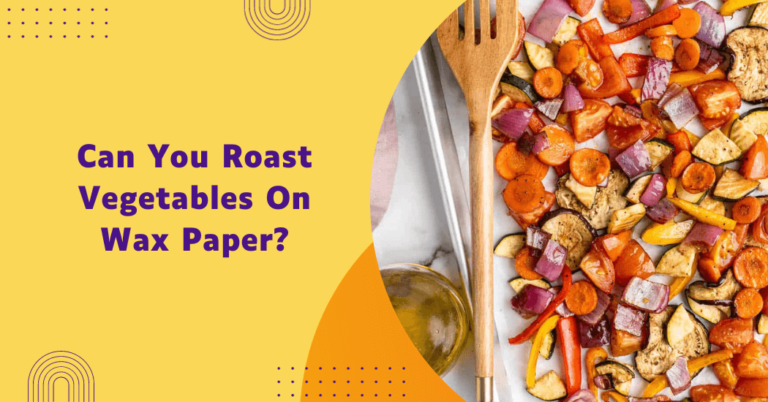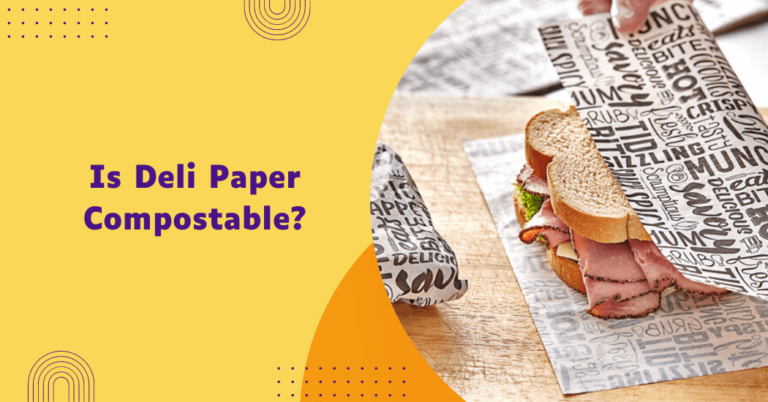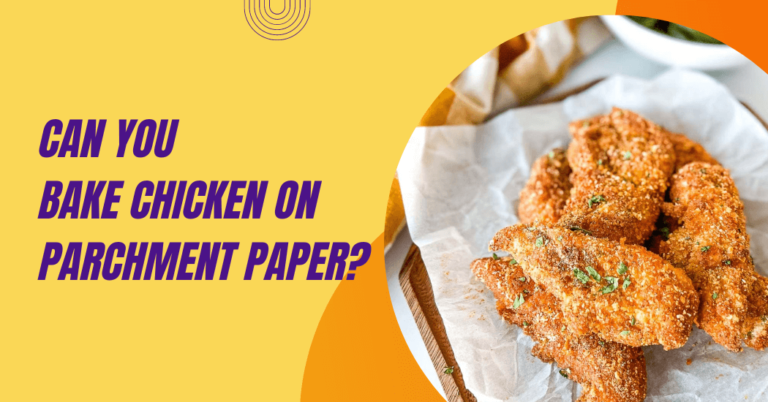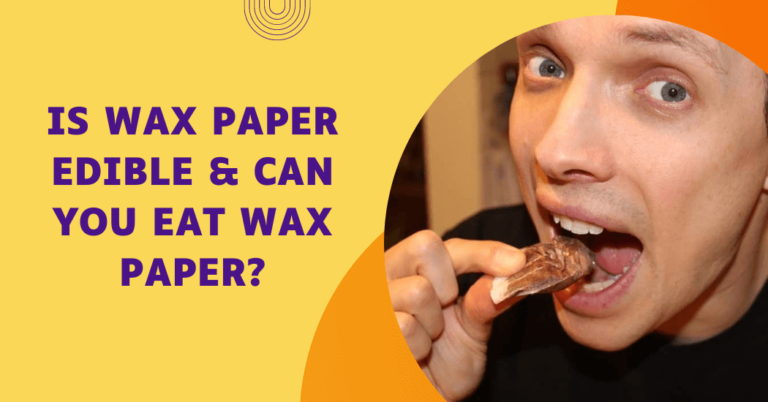Is wax paper good for packaging?
Wax paper has been a staple in kitchens for decades, often used for wrapping sandwiches or protecting countertops. However, its role has expanded beyond culinary uses into the realm of packaging.
With a growing emphasis on sustainability and the reduced use of plastics, wax paper is emerging as a potentially eco-friendly alternative. But is it truly effective for packaging needs?
In this discussion, we will delve into the properties of wax paper that might make it good for packaging, the limitations to consider and how it stands against other materials in terms of protectiveness, sustainability and practicality in packaging applications.
Is wax paper good for packaging?
Yes, wax paper can be suitable for packaging, though with several considerations. Its property of being moisture-resistant makes it helpful for wrapping items that need to be kept dry. Moreover, it is compostable, leading to a reduced environmental impact compared to plastics.
However, its applications are limited; wax paper isn’t as durable or as versatile as other packaging materials and may not be suitable for items that require more robust protection or long-term storage. It excels for short-term use, particularly in the food industry, where its breathability helps in keeping perishables fresh.
Overall, while wax paper can be part of an eco-conscious packaging solution, its suitability largely depends on the specific requirements of the item being packaged.
So, it is essential to consider the needs of the packaged product before deciding on wax paper as a packaging material.
Advantages of using wax paper for packaging
| Advantages of wax paper | Explanation |
|---|---|
| Moisture resistance | Wax paper has a coating that repels water, making it useful for packaging items that must be kept dry. |
| Non-stick properties | The surface of wax paper is non-adhesive, which means items can be removed easily without sticking to the packaging. |
| Biodegradability | Unlike plastics, wax paper breaks down over time, which is beneficial for the environment. |
| Affordability | Wax paper is generally less expensive than other packaging materials, offering a cost-effective solution for businesses and consumers. |
| Versatility | Although not as strong as other materials, it can be conveniently cut and shaped to fit a variety of items, especially in the food service industry. |
| Composability | Being environmentally friendly, wax paper can decompose naturally, making it a sustainable choice that contributes less to landfill waste compared to synthetic packaging materials. |
| Easy to customize | It can be cut to any size or shape to fit the packaging needs of various products, offering versatility in its application. |
| Lightweight | The light composition of wax paper makes it attractive for reducing shipping costs without compromising the protection of the items during transportation. |
Limitations of using wax paper for packaging
| Limitations of wax paper | Explanation |
|---|---|
| Low durability | Wax paper can tear easily and is not resistant to punctures, making it unsuitable for packaging sharp or heavy items. |
| Poor long-term storage | Over time, the wax coating may lose its effectiveness, which means it is not optimal for long-term storage solutions. |
| Limited barrier properties | While moisture-resistant, the wax paper does not provide a complete barrier to air, gases or odors. |
| Not heat-resistant | Wax paper cannot be used with hot items or in high-temperature environments as the wax can melt and affect the product. |
| Environmental concerns | Although biodegradable, wax paper may still be coated with petroleum-based waxes, which can raise sustainability issues. |
| Not reusable | Once used, wax paper cannot be cleaned and reused, making it less eco-friendly than reusable options. |
| Compatibility issues | It is unsuitable for packaging all materials, especially liquids, due to its permeability concerns. |
| Legal and safety concerns | Not all wax paper is food-grade; using non-food-grade wax paper for packaging could lead to health risks and legal issues. |
| Recycling challenges | Wax paper can’t be recycled with other papers and may require specialized facilities to compost efficiently. |
Tips for using wax paper in packaging
For optimal use of wax paper in packaging, consider the following practical tips:
- Assess the item’s needs: Before wrapping, ensure that wax paper is the right fit for the item’s moisture, durability and preservation requirements.
- Proper storage conditions: Store wax paper in a dry, cool environment to maintain its protective qualities and prevent the wax from melting.
- Seal correctly: If sealing is required, use appropriate methods like folding and sealing with stickers or labels rather than heat, which can melt the wax.
- Layer accordingly: For extra protection, use layers of wax paper to cushion and safeguard items prone to damage or to increase moisture resistance.
- Custom tamper-evident seals: Consider customized wax seals or stickers to enhance the aesthetic appeal and provide a tamper-evident closure for the packaged goods.
- Avoid heat exposure: Keep wax paper away from heat sources during packaging to prevent the wax from weakening or transferring to the item.
- Combine with other materials: When additional strength is needed, combine wax paper with more durable materials like cardboard to reinforce the packaging without losing the benefits of a moisture-resistant barrier.
- Educate customers: Include information about the biodegradability of wax paper and appropriate disposal methods to encourage responsible usage.
- Monitor shelf-life: Be mindful of the shelf-life of wax-paper wrapped items, particularly for long-term storage, as effectiveness may diminish over time.
- Stay informed on regulations: Keep abreast of food safety regulations to ensure that the wax paper used meets all legal requirements for packaging food items.
Future of wax paper in packaging
1) Inovations and improvements in wax paper technology
The future of wax paper in packaging hinges on technological advancements that could enhance its properties. Researchers are focusing on developing new coatings derived from plant-based waxes, which promise to improve their durability and heat resistance.
Such innovations may extend the range of applications for wax paper, allowing it to safely package a wider variety of goods, including those that require higher thermal stability.
2) Predictions for wax paper usage in an evolving market
In a market increasingly driven by environmental concerns, wax paper usage is predicted to rise as consumers and businesses strive for sustainable packaging solutions. The growing demand for eco-friendly products may spur higher production of food-grade, biodegradable wax papers with better composability credentials.
Additionally, its affordability and customization potential could see wax paper becoming a more prominent player in niche packaging segments where the balance of practicality and sustainability is key. With technological advancements and consumer preferences aligning, the future of wax paper in packaging looks bright.
FAQs – Wax Paper for Packaging
How does wax paper compare to plastic wrap for packaging?
Wax paper is biodegradable and compostable, unlike most plastic wraps. However, plastic wraps can provide a more effective air and moisture barrier, making them better for certain packaging needs.
What should I do if the wax paper doesn’t seal properly?
If wax paper is not sealing properly, consider using stickers, labels or twine to keep the packaging securely closed. Avoid using heat to seal wax paper, as this could melt the wax.
Can wax paper packaging be recycled?
No, wax paper generally cannot be recycled because the wax coating contaminates the paper recycling process. However, it can be composted in facilities that accept waxed papers.
How long can I store items wrapped in wax paper?
The shelf life of items packaged in wax paper depends on the item itself. Wax paper can lose its protective qualities over time and is not ideal for long-term storage, particularly for items needing strong moisture or air resistance.
Final Thoughts
Wax paper is indeed good for packaging, especially for those looking for a sustainable alternative to plastic wrap and other non-biodegradable materials. Whether you’re using it in the kitchen to store food or in creative ways for gifts and market sales, wax paper can be an eco-friendly companion in your daily life.
Be mindful of its environmental impact by using it conservatively and disposing of it properly. By adopting wax paper into your lifestyle, you’re contributing to a greener, cleaner planet for future generations.
